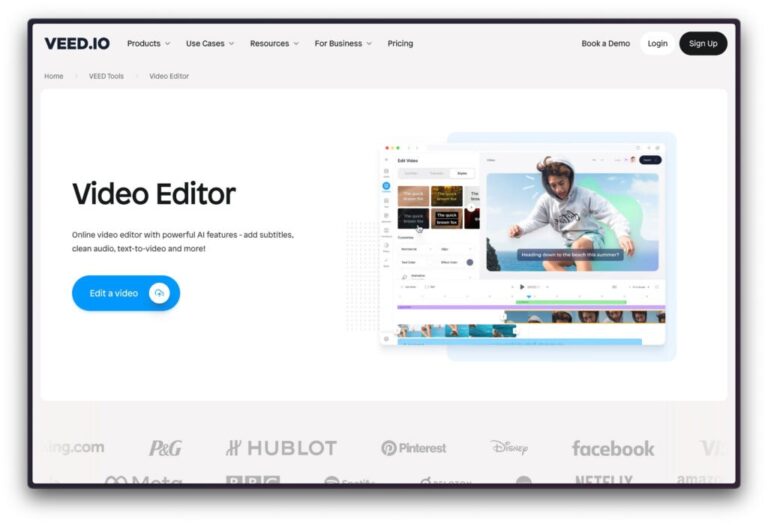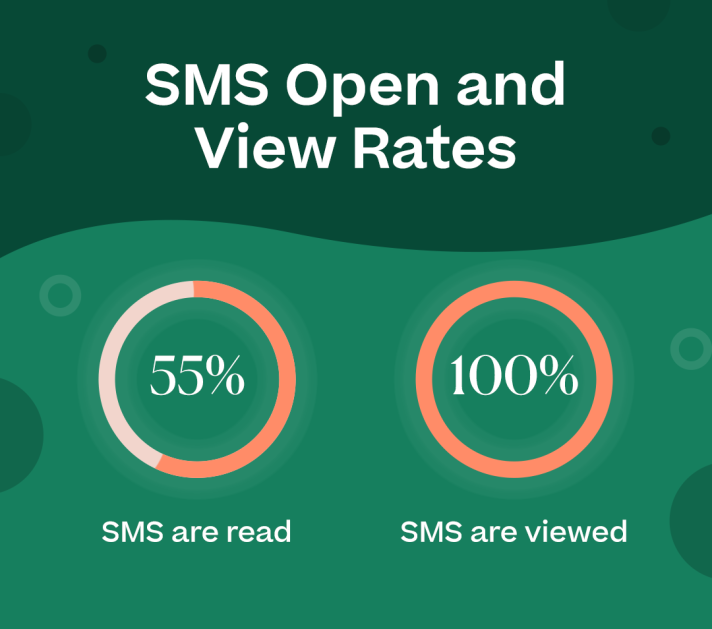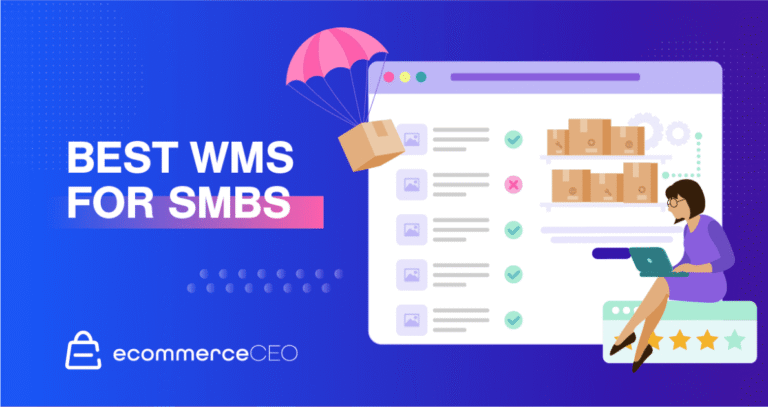Understanding the Importance of a Minimum Viable Product (MVP) for Startups

The Changing Landscape of Tech Entrepreneurship
For aspiring entrepreneurs, the immense success of tech giants like Facebook, Instagram, and Snapchat can seem daunting. The era of rapid, industry-defining social media startups may be over, but that doesn’t mean innovation is dead. Instead, the landscape is evolving. While much attention is given to advancements in AI, self-driving cars, and augmented reality, a quieter revolution is taking place in other sectors.
The next wave of groundbreaking entrepreneurs will likely emerge from non-technical backgrounds. As technology becomes more accessible, success will come from those who can connect the right dots in industries that have yet to see major tech disruption.
If you have a business idea, remember this: even today’s tech giants started small. Their success didn’t come from launching fully developed products but from starting with a Minimum Viable Product (MVP)—a concept that can help validate your idea and set you on the right path.
—
What is an MVP?
The term Minimum Viable Product (MVP) was first introduced by Frank Robinson and later popularized by Eric Ries and Steve Blank, key figures in the LEAN startup methodology. Ries defines an MVP as:
*“[The] version of a new product which allows a team to collect the maximum amount of validated learning about customers with the least effort.”*
Breaking down the term:
– Minimum – The simplest version of a product, requiring the least amount of effort and resources.
– Viable – A product that is functional enough to provide value and sustain growth.
An MVP is crucial for business development because it:
✅ Validates your idea – By launching a working prototype, you can gather user feedback and refine your concept before investing heavily.
✅ Forms the foundation of your marketing strategy – Your MVP helps define your brand and attract early adopters.
✅ Attracts investors – A functional MVP with real user feedback increases investor confidence.
While an MVP may have incomplete features, its core functionality should be high-quality. A great user experience can make all the difference in gaining traction.
—
Why an MVP Matters: A Simple Analogy
Imagine you are the first person to recognize the potential of wheels for transportation. You wouldn’t start by designing a car—that would be too complex. Instead, you might build a skateboard (or even a three-wheeled version if resources are limited).
Once people start using it, they might say:
– “This is great, but I wish I didn’t have to stand all the time.”
From there, you could develop a bicycle, then a motorcycle, and eventually a car.
This step-by-step process is exactly how an MVP works—it allows for incremental improvements based on real feedback.
—
How to Define Your MVP
Not every entrepreneur is building the next Facebook or Tesla. Some are launching meal delivery services, travel apps, or niche marketplaces. Regardless of the industry, defining an MVP requires careful planning.
1. Identify Your Target Audience
While your product may eventually appeal to a broad audience, your first 1,000 users should be the ones who will benefit the most from your idea with minimal effort on your part.
Paul Graham, co-founder of Y Combinator, advises:
*“It’s better to have 100 people love you than a million people sort of like you.”*
To define your audience:
✔ Create a user profile – Consider demographics, interests, and behaviors.
✔ Validate your assumptions – Use surveys, pre-launch sign-ups, and social media engagement to gauge interest.
For example, if you were building an ice cream finder app, your ideal first users might be urban millennials who love desserts and travel.
—
2. Research Your Competitors
Understanding your competition helps you:
– Identify gaps in the market.
– Differentiate your product.
– Determine what features are essential for launch.
Ways to analyze competitors:
✔ Google them – See what they offer and how they position themselves.
✔ Read user reviews – Identify what customers love or dislike.
✔ Test their products – Experience them firsthand.
✔ Find your unique value – Offer something better or different.
For example, if apps like Yelp and TripAdvisor already recommend restaurants, your ice cream finder app could stand out by being simpler and more specialized.
—
3. Define Your Value Proposition
Now that you understand your audience and competitors, it’s time to clearly define what makes






